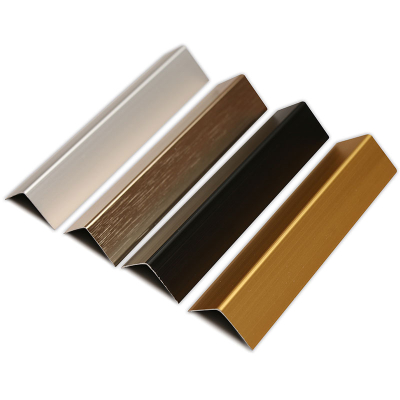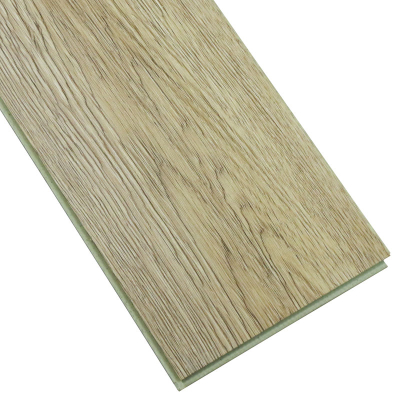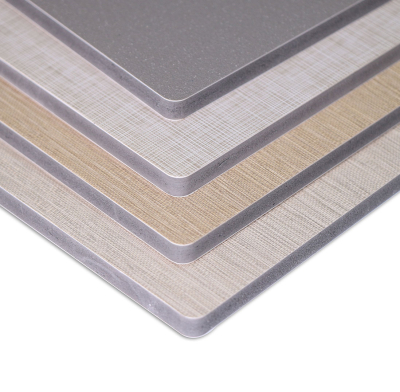A professional guide to choosing floor colors
A professional guide to choosing floor colors
1. Basic principle: Neutrality first
Professionals almost universally recommend neutral and universal tones as the foundation of home design. This is not because of a lack of creativity, but because gender-neutral clothing offers the greatest flexibility and lifespan.
Why? Neutral flooring serves as the stage rather than the star of the performance. They can place your furniture, artworks, carpets and decorations at the center of the stage, changing over time without conflicting with the floor.
Most suitable for: resale value, creating a sense of calm and spaciousness, and providing design flexibility. For most families, this is the safest and most recommended choice.
2. Key factors Influencing Professional choice:
A. Light and space (the most important factors)
Small rooms or darkrooms: Light colors (such as light oak, off-white, light gray) are professional standards. They reflect light, making the room feel more open, well-ventilated and larger. This is a key tip for apartments and rooms with few Windows.
Spacious and sunny room: You have more freedom. Darker colors (such as walnut, dark coffee, charcoal) can create a sense of intimacy, warmth and maturity in a large space without making people feel like they are in a cave.
B. Style and Aesthetics
Modern/Contemporary: Prefers soft and consistent tones. Consider light grey, light oak, or very dark, almost black wood to achieve a high-contrast, minimalist look.
Traditional/Rural: Embrace natural variations and warm wood tones. Medium brown (such as classic oak or hickory) with distinct texture patterns and character marks (knots) is ideal.
Coastal/Scandinavian: Defined by light, weathered tones - white oak, light grey and bleached wood - it enhances a bright, calm and casual feel.
C. Practicality and Maintenance
Light-colored flooring: It has less dust and can better hide small debris. However, they are more likely to show dark dirt and scratches.
Dark floors: Dust, pet hair and minor debris are very clear and require more frequent cleaning. They can also show scratches, although these may not be so obvious on very dark matte surfaces.
Medium-tone and textured floors (such as hand-scratched ones) : They are the best choice for concealing blemishes, dirt and scratches. This makes them very suitable for areas with heavy traffic, families with pets and children, as well as busy families.
D. Resale value
Real estate agents always recommend choosing popular neutral colors. Very bold or individualistic floor colors (such as rosewood or orange pine) may scare off potential buyers as they can affect their style. Neutral flooring helps them imagine their furniture in the space.
3. Professional advice on classification by color
Light brown and beige (such as natural oak, maple) : timeless, warm and alluring. It's quite good at hiding dirt. A very safe and popular choice, suitable for almost any style.
Grey tones (light to medium) : Modern and universal. It pairs beautifully with both cool colors (blue, green) and warm colors (wood, metal). This has been the dominant trend over the past decade.
White/washed tones: Best suited for creating a bright, open and modern aesthetic. The commitment that needs to be maintained, as it can be easily marked.
Dark brown and black: Create drama, luxury and formality. It works best in a large space with sufficient light. High maintenance for visible dust.
Conclusion: There is no single "optimal" color. However, from a professional perspective, for ordinary families, the safest, most versatile and valuable option is neutral flooring in light to medium tones for brown or gray homes. It makes the space feel larger, pairs well with any design, and attracts the widest range of people.




